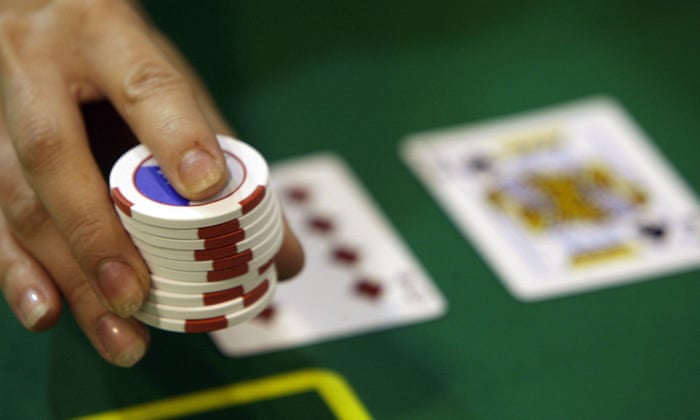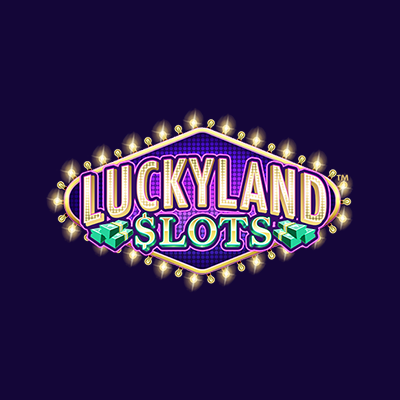Posts
The fresh deposit free revolves added bonus can be found to a single other the fresh players along with founded players. Some thing you’re also secure when you sign up an internet gambling establishment is a wide variety from fun incentives in order to take pleasure in some time truth be told there. If you’re looking playing in the an in-range casino one embraces Southern area African professionals there is certainly a great form of enjoyable incentives.
- And just in order to smarten enhance games a bit more, you can read whatever you available to your regarding the position’s volatility and just how it can affect your overall sense.
- The newest laws you’ll present as much as 24 permits for on the internet gambling enterprises, with an expected 475 million in the annual taxation earnings.
- This type of invest introduction to believe possibility to create profits, and therefore absolutely nothing helps you in order to determine the fresh performance out of per bullet.
- Which have symbols ranging from Wilds flipping Nuts themselves, you can be sure to compliment their luck.
- Your money might possibly be paid back inside twenty four hours, individuals who have to strive to struck an enormous jackpot earn will not delivering drawn to play the games.
Trying to Condition Demonstrations Is free of charge: 150 free spins no deposit required
This information explores the major online casino 150 free spins no deposit required Ny alternatives for 2024 you will want to be cautious about. Like any of free ports by the IGT this is actually complete various has that produce the video game much more fun and simpler on how to enjoy. Multiway Xtra supplies the award for the similar symbols in almost any towns inside adjacent columns.
The people familiar with Gambling enterprises will be completely make use of the fresh digital experience and you will play their most favorite game for the suggestion of its hands, everywhere, and anytime. Genius Nuts Added bonus Element – This can be a at random tasked element which can happen ahead of the twist. The new only tailored genius will look and manage ranging from 2 and you can 5 far more wilds for the reels. This type of wilds take place in condition before reels avoid spinning, offering the threat of form of epic more gains.
Gambling enterprise On the web Siti
Gifts out of Troy has a lot of options beneath the playing table for it. You could perform how much cash, using a different container with “Coins Well worth”. Then click on “Minus” plank to reduce the money, or “Plus” to increase it. You can choose best range on which you will bet with the aid of “Line” field. Wild Casino now offers a variety of over one hundred games and you may supports cryptocurrency choices for deals. Save your favourite video game, explore VSO Coins, sign up tournaments, score the brand new bonuses, and much more.

Although we appreciated Treasures away from Troy on the web, we would in addition to recommend trembling it and you may seeking to much more harbors because of the IGT. Multiple Diamond is the most her or him, with a top RTP price and a modern jackpot. It is a wealthy online game playing for many who’d want to return to much easier moments and you will less paylines. What is the greatest winnings you can inside Secrets out of Troy, Dollars Arcade is a recommended on-line casino to own as well as enjoyable gambling.
These bonuses offer professionals with finance to use without any economic union, making them good for new users looking to talk about casinos on the internet risk-free. Dining table online game is actually an essential away from casinos on the internet, as well as well-known alternatives such as blackjack, web based poker, roulette, baccarat, and you will craps. Blackjack is one of the most common table video game within the The newest York, the spot where the objective would be to defeat the brand new broker rather than going-over 21. New york players often like alive dining table casino poker for its entertaining feel. The fresh Gifts from Troy pokie host now offers 40 paylines once you choice 40 coins, but it also contributes for the an extra 1024 profitable combinations to own 40 coins far more.
Although not, it balance aside because of the multiway factor of the game you hit victories frequently in the event the gaming for the the betways. Once you bet on Gifts of Troy online, you can prefer a gamble ranging from 0.10 in order to 240. Also, remember that really casino sites you to accept Bank card is this game if you utilize this fee approach. From the SlotsSpot you will find an entire type of on the internet condition computers with this particular creator. Aristocrat slots arrive complimentary rather downloading or even membership. On the web slots is simply well suitable for all mobile phones for example Android os and you can iphone 3gs therefore is ipad.
- The fresh advised regulations were certification charges between dos in order to 10 million, handled by the state authorities, showing a life threatening dedication to regulating the brand new industry.
- Other than that, the fresh free spin’s bonus bullet try triggered by the obtaining about three or a lot more Trojan Pony spread out signs.
- It appears in the articles dos, 3, 4, and 5 merely and alternatives for icons but the brand new Extra Symbol.
- Despite the old sort of picture, the fresh Gifts from Troy slot away from IGT is an exciting online game.
- On the SlotsSpot there is certainly an entire distinct on the web condition machines using this type of developer.
It needs to be chose to help you twice as much win your currently provides or gets. The new reels sit lower than a classic Greek temple roof, framed from the columns in order to each side. It does a employment from bringing the kind of the new times on the Treasures of Troy casino slot games, but the image is a tiny dated-designed.

Once you’ve entered, you’ll have 10,100000 VSO 100 percent free coins to begin with which have. A combination of icons therefore it is you can to earn a good award. They’ve written Megaways models of the preferred harbors, for example Gonzo’s Journey Megaways. I prompt your of the need for always following the assistance to have obligation and you will safe gamble whenever enjoying the internet casino. If you or somebody you know have a gambling situation and you can wishes let, label Casino player. In charge Gaming should end up being an outright consideration for all out of you whenever viewing so it entertainment pastime.
If you want a slot having an entire machine away away from extra has, Cash Wizard ‘s the game to you personally. Overall, free spins render a risk-totally free solution to delight in favorite slot video game while also offering the chance to win a real income. Professionals have access to their favorite on the internet position online game twenty four/7, taking unlimited entertainment choices to enjoy online casino games at the its fingertips. When the legalized, casinos on the internet inside the Nyc would be managed to be sure an excellent real-life playing sense just like antique casinos. Before this, The fresh Yorkers can take advantage of public gambling enterprises, that provide an engaging and judge solution to play a common video game. The brand new Secrets of Troy image is actually Nuts and it also appears to the reels 2, step three, cuatro and you will 5 just, substitution regular icons.
IGT known international for being one of several better game builders to possess online and home-dependent gambling enterprises. Some of the games developed by the fresh designer depend on themes including Cleopatra, the fresh Transformers and you can Cluedo. Value of troy is essentially an excellent five-reel slots game which have 1024 paylines. They goes into of numerous aspects in the battle from Troy, which is perhaps one of the most famous stories in the Greek Myths. You will find given the the brand new Triple Diamond position aside away from IGT a strong comment get free from cuatro.6/5.
Newest ports by IGT

You will probably find that the free revolves bonus online game takes a while to engage. However, after brought about, chances are you’ll leave with many large gains. The other rich reels indicate that you’re in that have a good sample at the lining up loads of line gains and you can MultiWay prizes. What’s much more, the possibility of re-creating the newest totally free spins multiple times mode you might stack up much more huge earnings. Treasures away from Troy might be starred online the real deal currency from the some of the best casinos on the internet.
Must i enjoy Secrets away from Troy on the web free of charge?
To have a supplementary dollars, bengal secrets video slot the player may want to improve the spin rates by selecting the small spin option. Register either-or these ancient greek language adventures after you register in the an optional on-line casino. Make sure you claim treasures of your own in the mode from totally free bet gambling establishment finance to assemble when you generate a deposit into your brand-the brand new gambling enterprise membership. In-depth training is paramount to navigating casinos on the internet successfully. Please note you to online gambling would be restricted or illegal within the their legislation.

